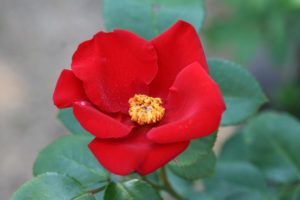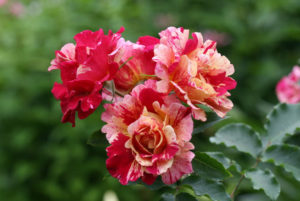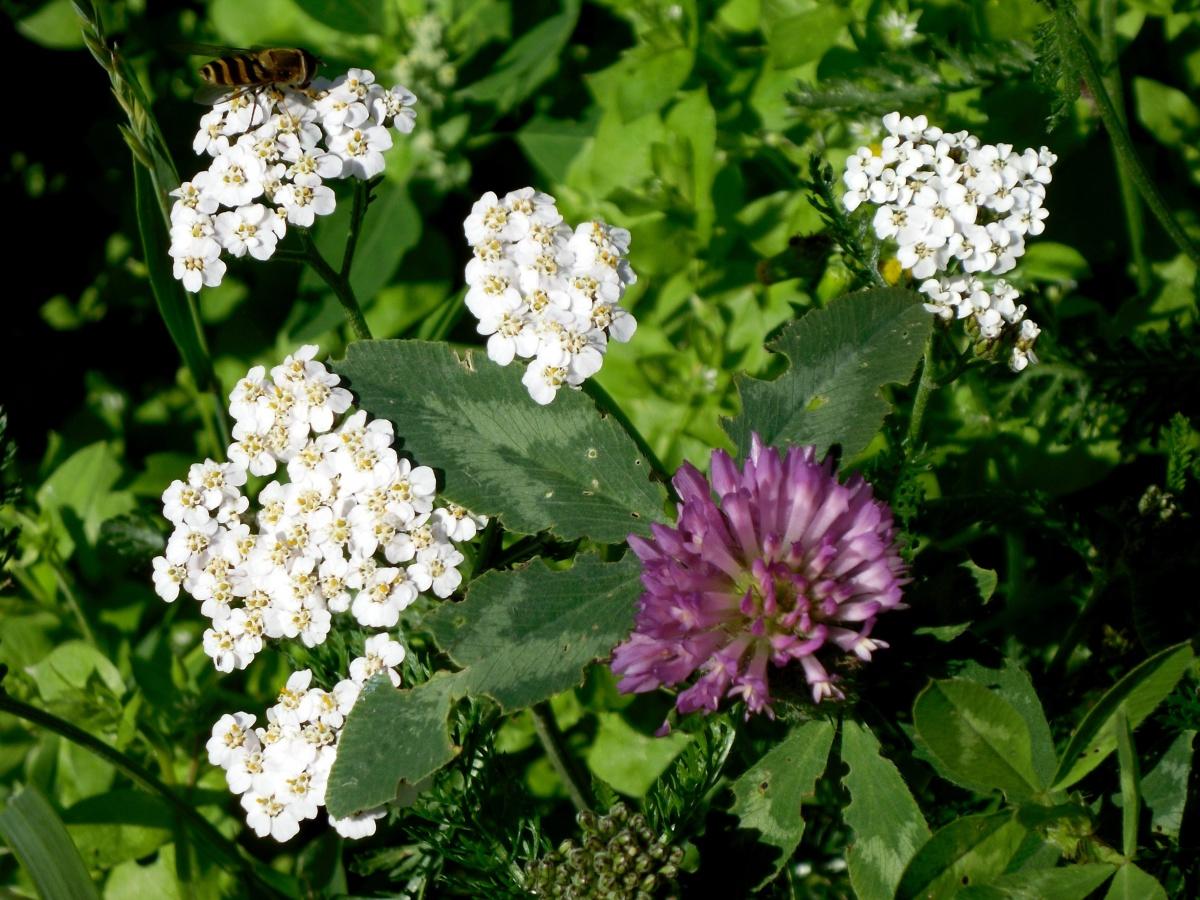
Well, here’s Achillea Bloom… This is a legendary plant that, according to legend, healed the wounds of its fighters.
The traditional color of achillea flowers is white. They form dense corymbose inflorescences, sometimes very large. But sometimes you can also find pink-purple inflorescences nearby:
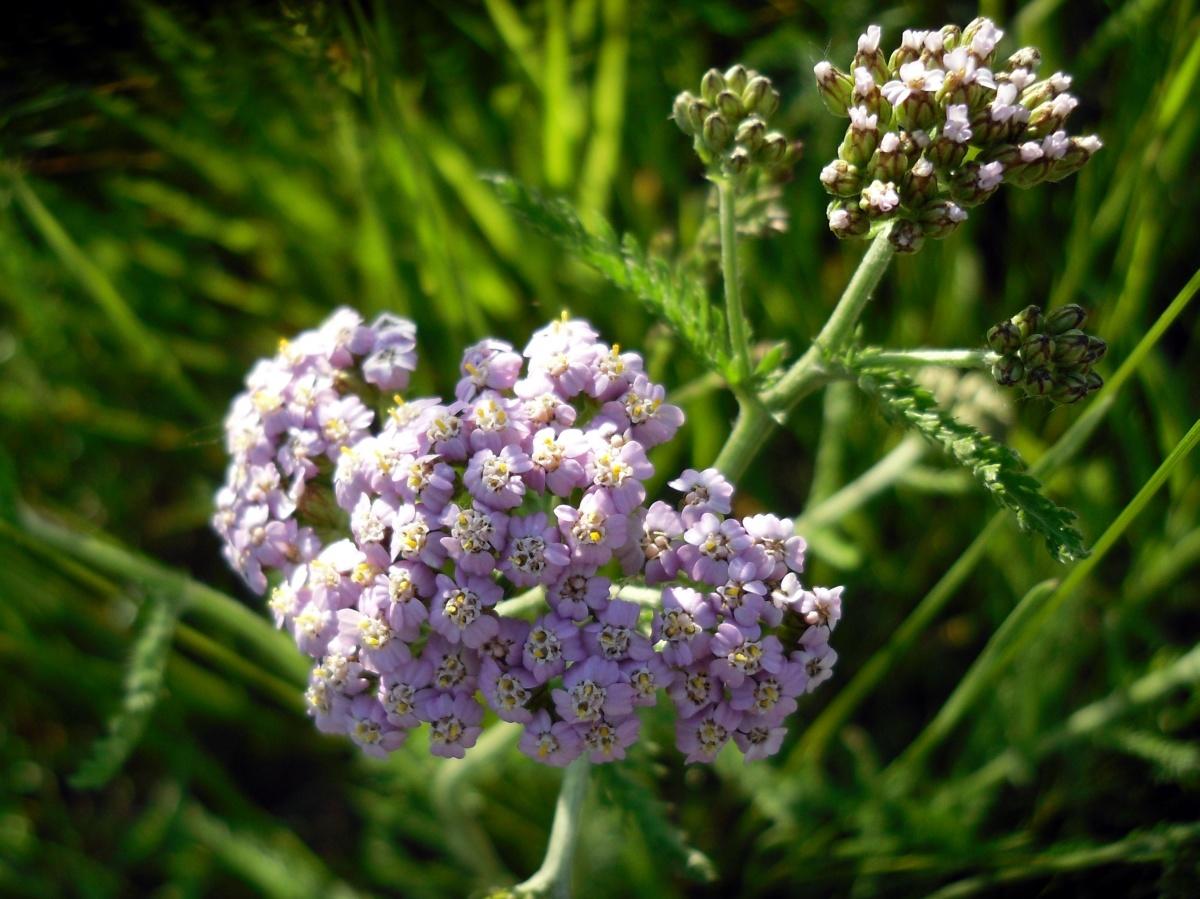
I do not know what is connected and what determines what changes color, but it looks beautiful. Achilles of different colors and shades always look very elegant in large groups.
On the basis of plant species, breeders have invented various garden hybrids, the color of the flowers of which can be bright yellow, pink, dark red, orange. Sometimes these plants have a contrasting center – yellow or white-against the background of a bright flower.
Wild achillea is low: 40-50 cm (1.3-1.64 ft) in height, and varietal can reach 80 cm (2.6 ft).
Achillea ptarmica is distinguished from the genus.
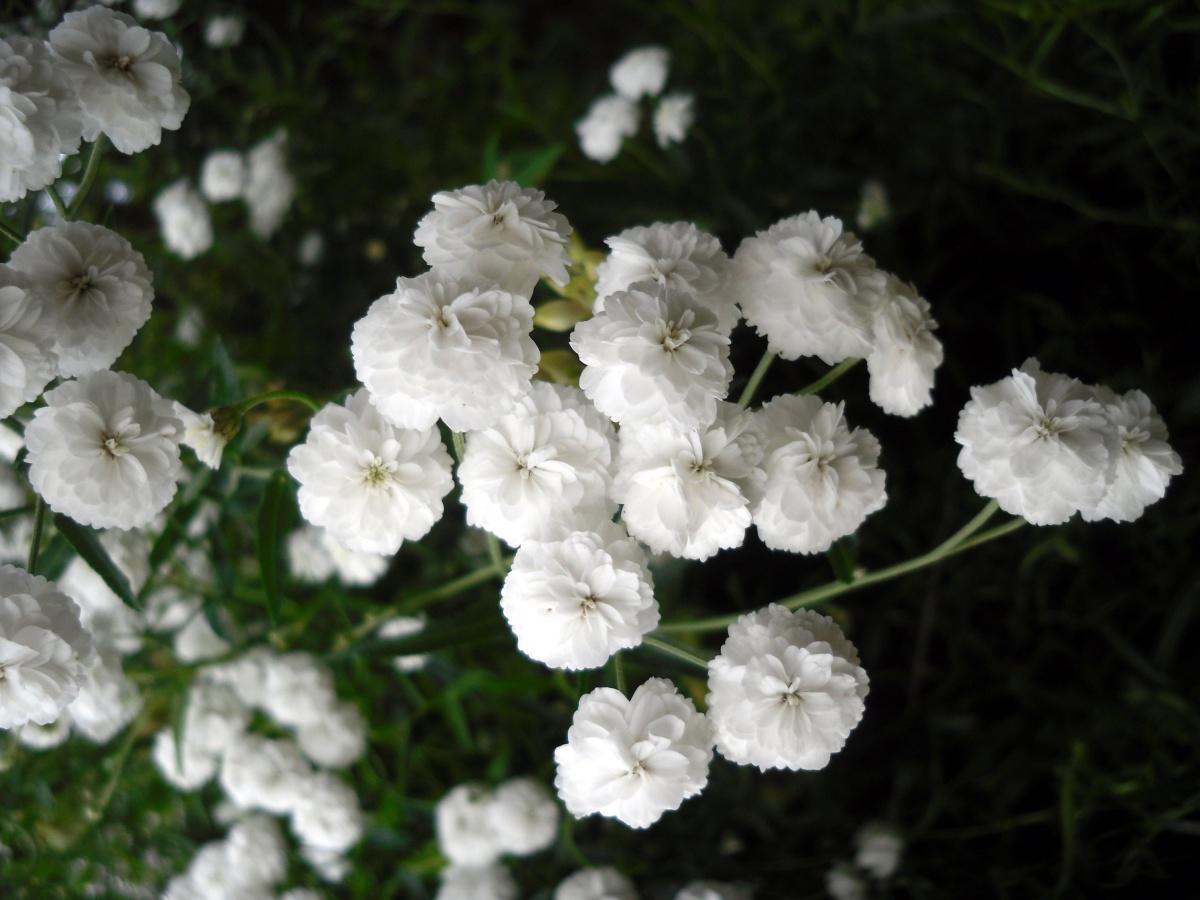
Its flowers are noticeably larger than usual, and the inflorescences are quite different — racemes, loose. The leaves are also different: they are hard, small, in Achillea millefolium they are quite large and strongly dissected, lacy.
Numerous snow-white flowers of Achillea ptarmica in the flower garden form a real white cloud.
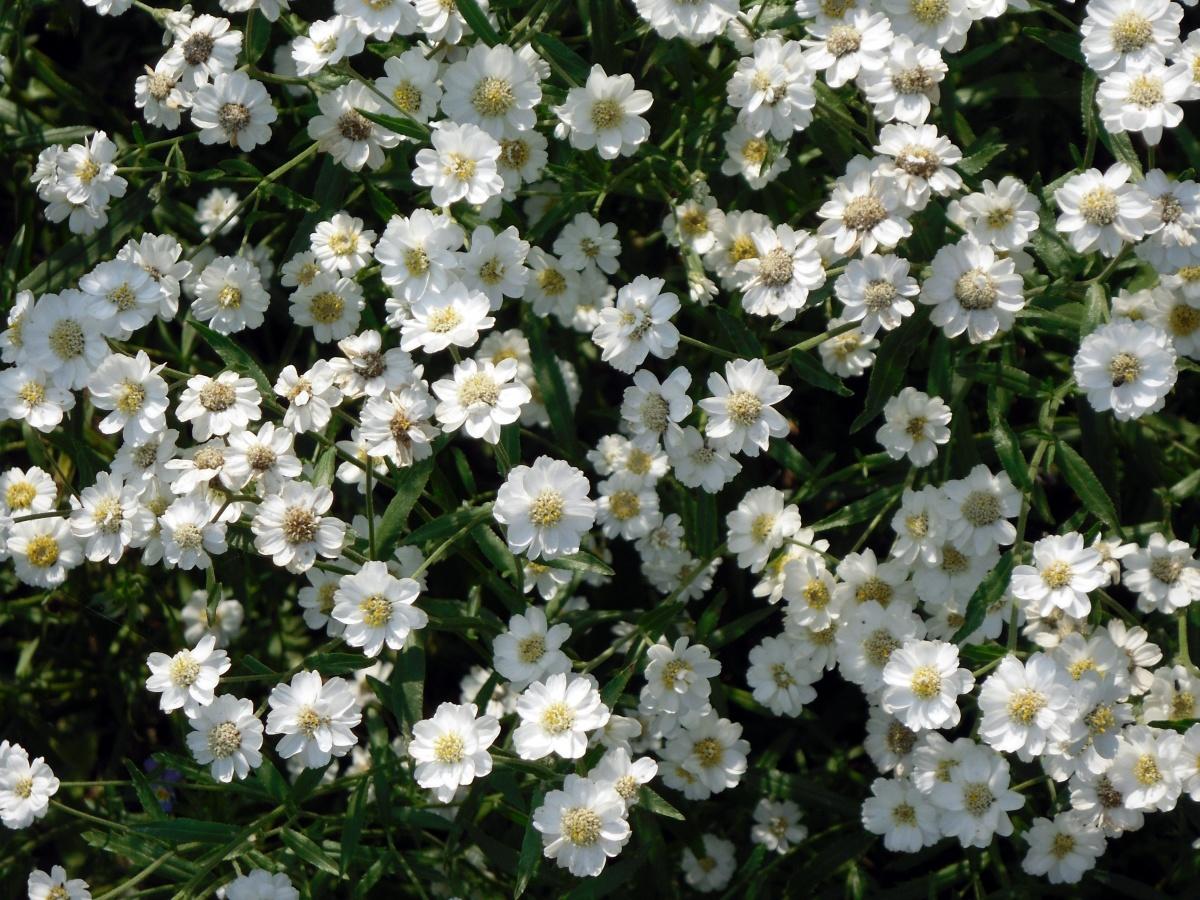
But Achillea millefolium looks no less attractive. In order to settle it in your garden, it is enough to transplant several rhizomes of a wild plant to a flower bed. However, this should be done as early as possible in the spring, and choose young plants — they take root better. While the seedling takes root, it needs to be watered regularly, and then it does not require any care from you.
To the soil, it is surprisingly undemanding, the only condition: the soil must be permeable, because the stagnant moisture will destroy the plant. But the adult achillea tolerates drought easily. It does not require fertilizing and is generally quite indifferent to the fertility of the soil, but if in the spring you water it with mullein infusion or treat it with a complex fertilizer, it will be grateful to you.

Varietal plants are propagated by seeds. It’s quite troublesome: small seeds, seedlings, too, and at first they develop very, very slowly. Therefore, if you sow achillea directly into the soil, you risk simply losing it in the growing grass. Well, or the birds will eat: achillea seeds germinate in the light, so they are recommended to be sown on the surface of the soil. Therefore, it is best to use the seedling method.
Adherents of herbal medicine and traditional medicine probably know about the healing properties of this plant: achillea has a hemostatic, anti-inflammatory, antispasmodic and antiseptic effect; achillea preparations are used for liver diseases. However, there are contraindications: it can not be used in pregnant women.
Let me remind gardeners: Achillea is an excellent natural insecticide. An infusion of dry grass (a kilogram of raw materials per bucket of boiling water, infuse for an hour, strain, add soap) is used to spray plants from aphids, spider mites and thrips.
Note: Dried achillea is a good seasoning and a component of herbal mixtures for making bitter infusions.


